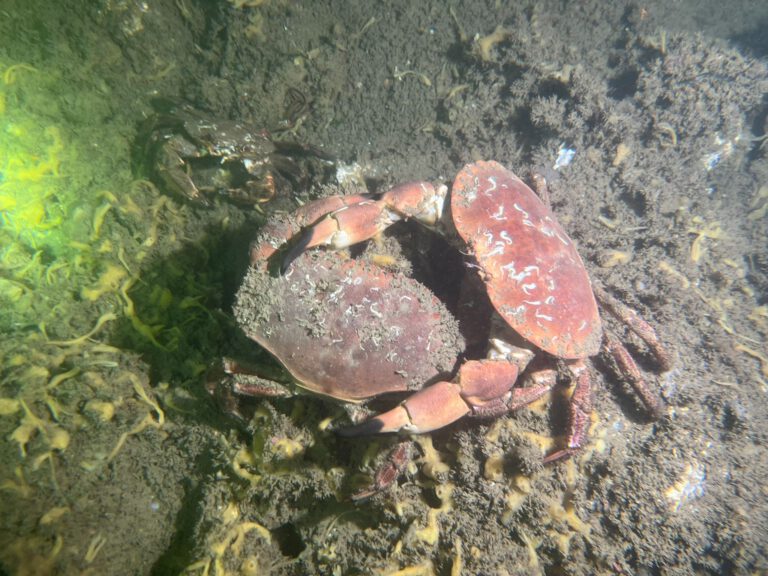European Eel – Anguilla anguilla

European Eel (Anguilla anguilla) - Paling
Taxonomy:
The European Eel belongs to the Anguillidae family. This group includes other eel species known for their elongated, snake-like bodies.Species:
There is one main species, Anguilla anguilla, known for its complex life cycle and long migrations between freshwater and the sea.Reproduction:
European Eels are catadromous, meaning they spawn in the ocean and mature in freshwater. They undertake a long migration to the Sargasso Sea, where they spawn before dying. Their larvae drift on ocean currents back to Europe, where they grow in rivers and lakes.Habitat:
They live in both freshwater and saltwater environments. During their lifecycle, eels migrate between rivers, lakes, and the ocean. Juveniles often grow up in European rivers, lakes, and estuaries.Diet:
Carnivorous, feeding on small fish, insects, crustaceans, and worms. European Eels are nocturnal hunters, usually foraging at night.Conservation:
The species is critically endangered due to overfishing, barriers to migration (like dams), habitat loss, and climate change. Efforts are being made to protect and restore their populations.Unique Anatomy:
They have a long, snake-like body with a smooth, slippery skin. European Eels can breathe through their skin in addition to using their gills, which helps them survive out of water for short periods.Lifespan:
European Eels can live up to 20 years or more in the wild. Some can even survive over 50 years in captivity before making their final migration to spawn.
The European Eel: A Journey Across the Seas
The European Eel is a creature full of mystery and wonder. Its lifecycle takes it on one of the most remarkable migrations of any marine animal, from freshwater rivers in Europe to the Sargasso Sea, deep in the Atlantic Ocean.
These eels are born in the ocean but spend most of their lives in freshwater, making them unique among fish species. After spending years in rivers and lakes, they return to the sea, crossing thousands of kilometers to spawn in the Sargasso Sea.
This migration is not just an epic journey but also a struggle for survival. Eels face numerous dangers, from overfishing to pollution, making it one of the most endangered species today.
Life in the Freshwaters of Europe
Once the larvae of the European Eel drift back to the shores of Europe, they grow into what’s known as glass eels—tiny, transparent fish. These glass eels travel into rivers and lakes, where they grow into their mature, silver-colored adult form.
Despite being slow swimmers, eels are skilled at navigating river systems, often crossing land when streams dry up. They can survive for short periods out of water, using their skin to absorb oxygen, which makes them incredibly resilient.
Eel Conservation: Why It Matters
The European Eel plays a significant role in maintaining the balance of aquatic ecosystems. As a predator, it helps control the populations of small fish and invertebrates, which keeps the food chain in check.
Unfortunately, human activities such as dam construction, overfishing, and water pollution have made it harder for eels to migrate and reproduce. As a result, European Eels have become critically endangered. Various conservation programs are now focused on restoring eel habitats and ensuring their safe passage during migration.
Conclusion
The European Eel is a fascinating species with a complex and endangered lifecycle. From its long-distance migration to its ability to survive in both freshwater and saltwater, this eel is one of the most remarkable dwellers of Europe’s rivers and seas. By understanding their importance and the threats they face, we can work towards protecting these incredible creatures for future generations.







